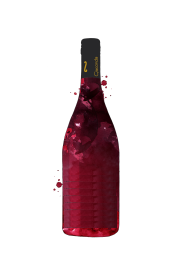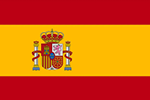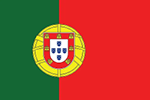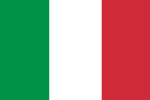Chateau Lafite Rothschild 1983 1500ml
Size:1500ml
Country:France
Region:Bordeaux
Grape:
Red
£2,100.00
Price per bottle
Wine Profile
Wine Description
Producer:Château Lafite Rothschild
Country:France
Region:Bordeaux
Vintage:1983
Grape:
Red
Château Lafite Rothschild produces one of the most sought-after and expensive red wines in the world. Lafite Rothschild is known for its perfume, elegance, finesse and harmony. Nevertheless, great vintages can age for 50 years or more.
“The wine was certainly polished, light sweet and open – and now a bit skinny. There are probably enough pointers there too have steered me to 1983 but the most recent 1983 I tasted was Ch Margaux which was of course famously successful in this vintage. This Lafite 1983 was pretty but was losing fruit. It had Lafite class but needed drinking.” Jancis Robinson, Jancis Robinson. (2018)







